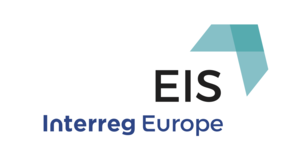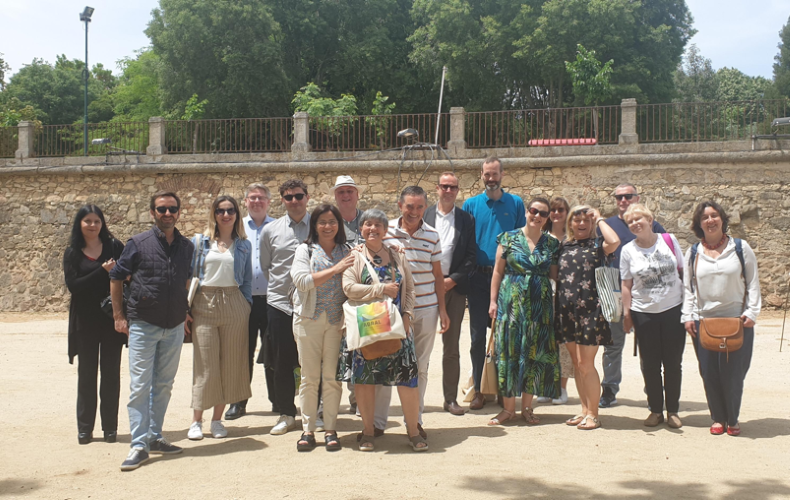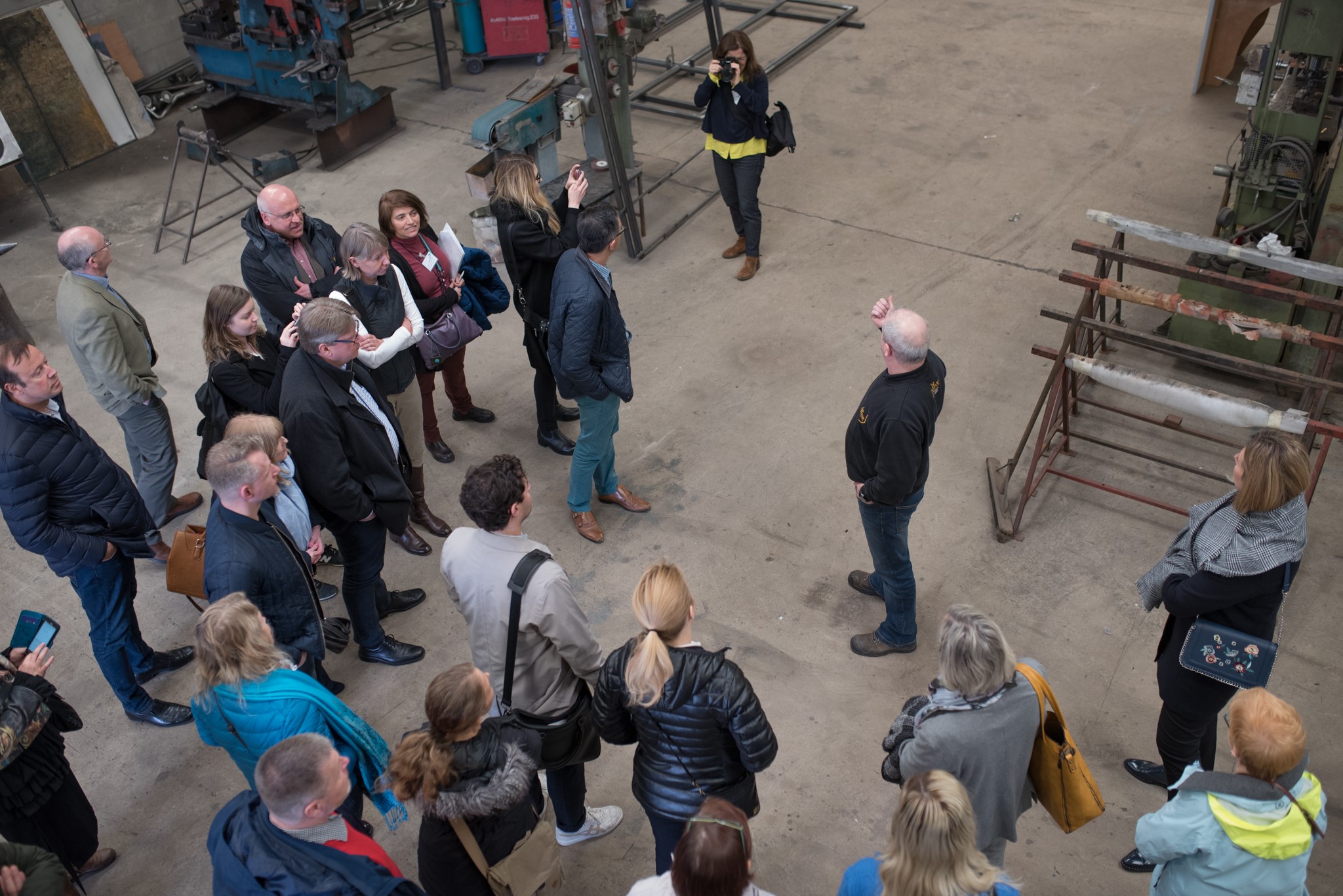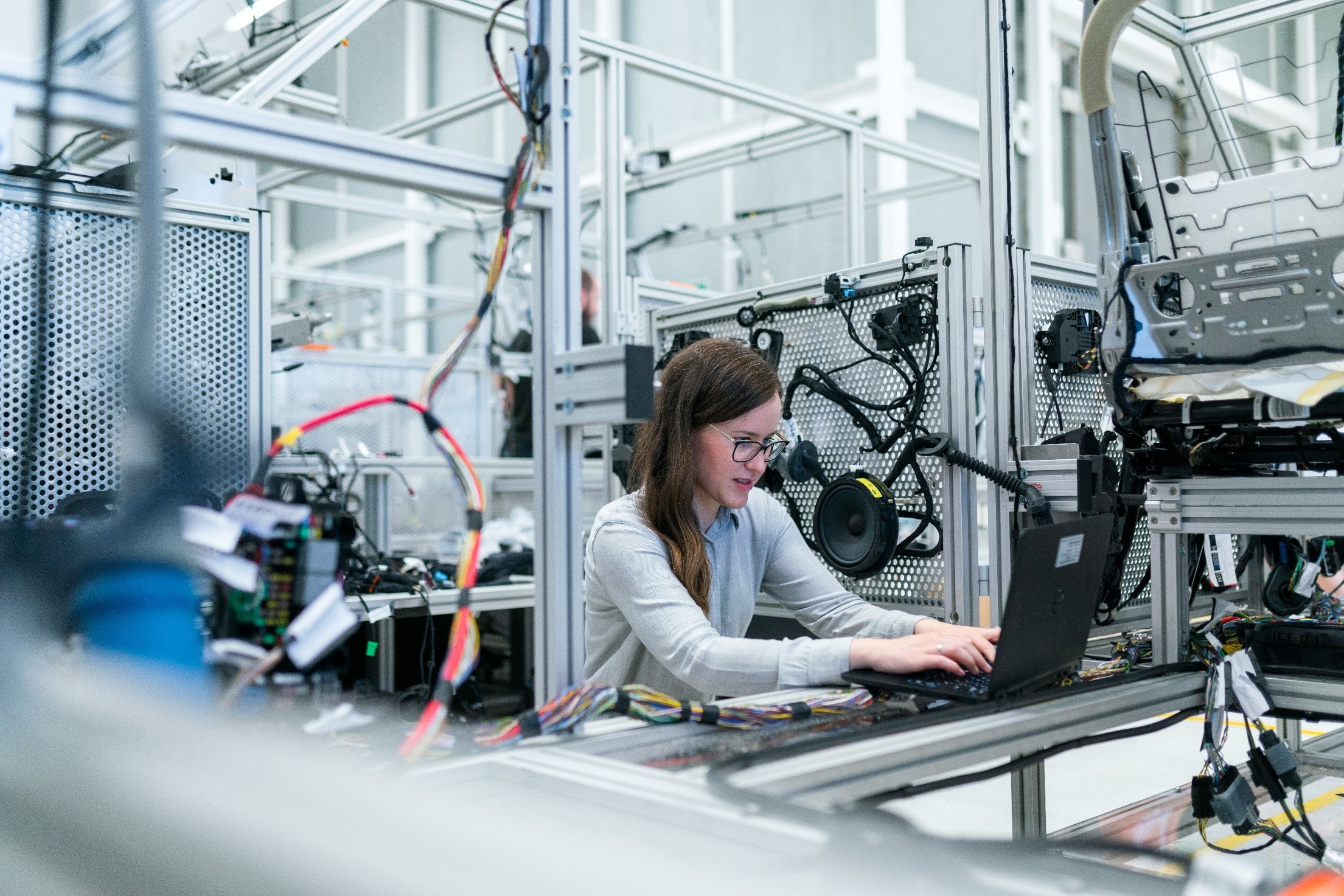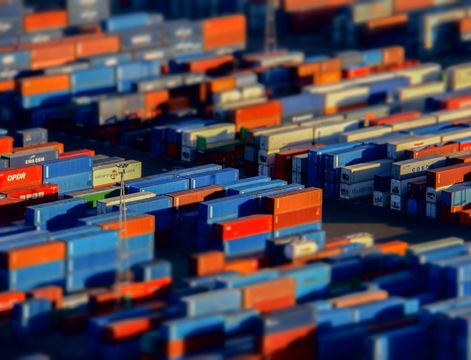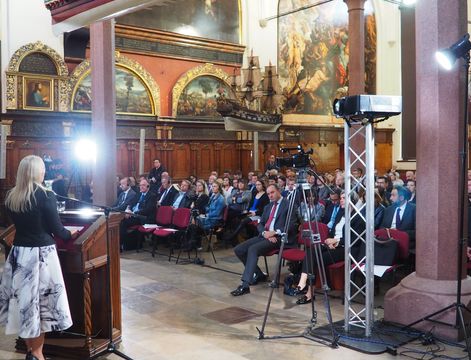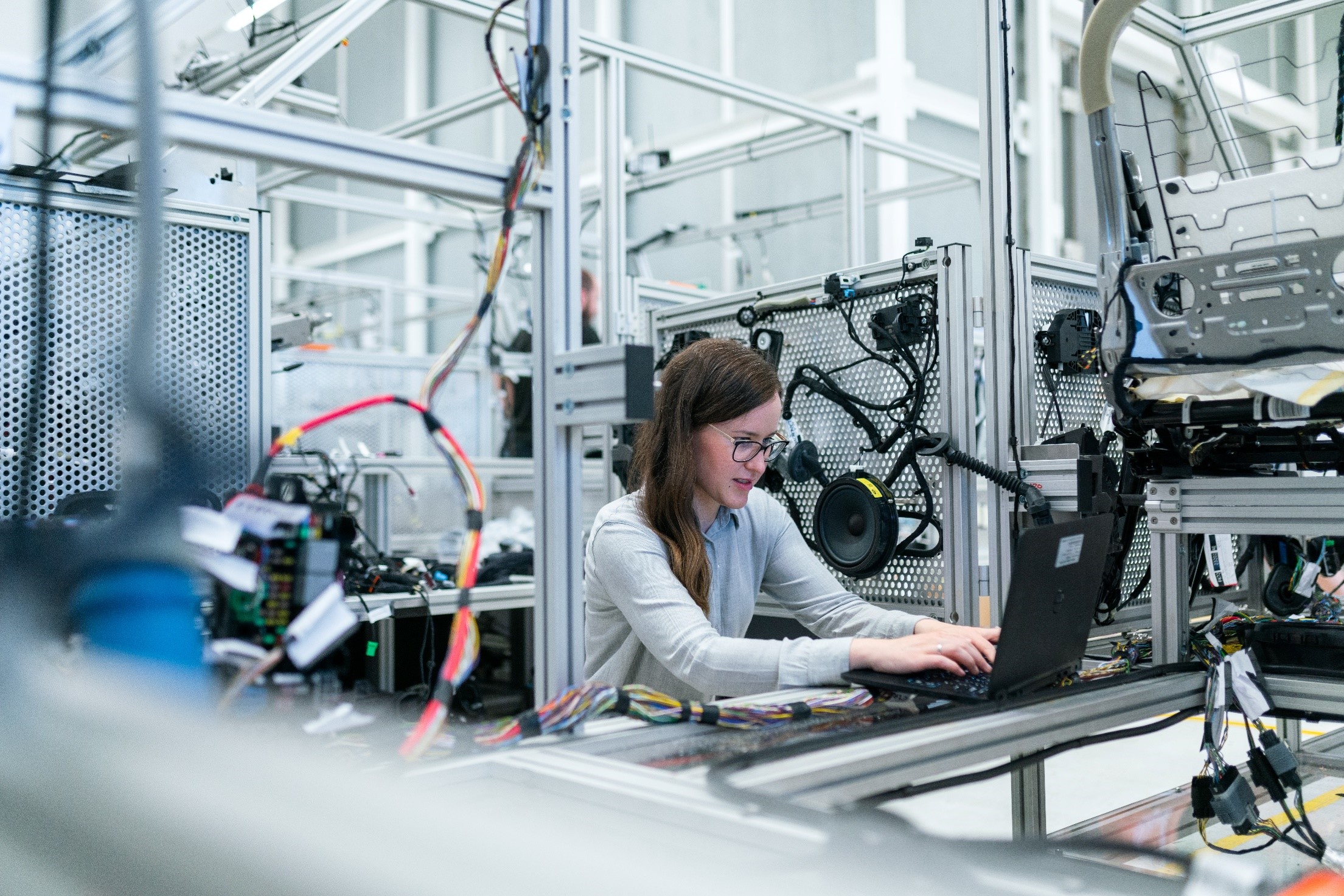How do you as an employee in a business support organisation – be it public or private – advise businesses in their internationalisation efforts? Which reflections do you do? And in what order?
The EIS partners have developed a tool aimed at assisting business support organisations. The tool can be helpful in structuring the conversation with businesses, and at developing support services at the different phases of the SMEs internationalisation process. While the model itself is simple, the input builds upon many years of practical experience in supporting businesses, creating and running support programmes for SMEs.
Most stakeholders agree that internationalisation of SMEs mainly have positive effects and therefore brings benefits for society, the continuation and development of international trade still require addressing barriers. An important aspect of overcoming these are the strong emphasis on increasing the transparency of the support services that are available for SMEs.
The tool builds around a constant loop of feedback as the development process for the single company is iterative. This combination of feedback during the process and the knowledge of the  support services available to the SME, result in the optimal amount of guidance and development of the SME that seeks to grow and develop their business internationally.
support services available to the SME, result in the optimal amount of guidance and development of the SME that seeks to grow and develop their business internationally.
A truly pan-European tool
The EIS partnership spans very widely in geography and in governance structures, still, the tool is applicable in all the varieties of business support structures represented in EIS. The tool is of a practical kind and can therefore be applied in different business support setups. It means that the GlobalEIS tool can be used as a model to build support structures, or it can be used to add services and features to existing business support setups. The application of the tool, however, requires adjustment and translation to local conditions.
Watch our animation on how the inner circle of the EIStool works:
Also see this publication which explains the thoughts behind the GlobalEIS tool.
